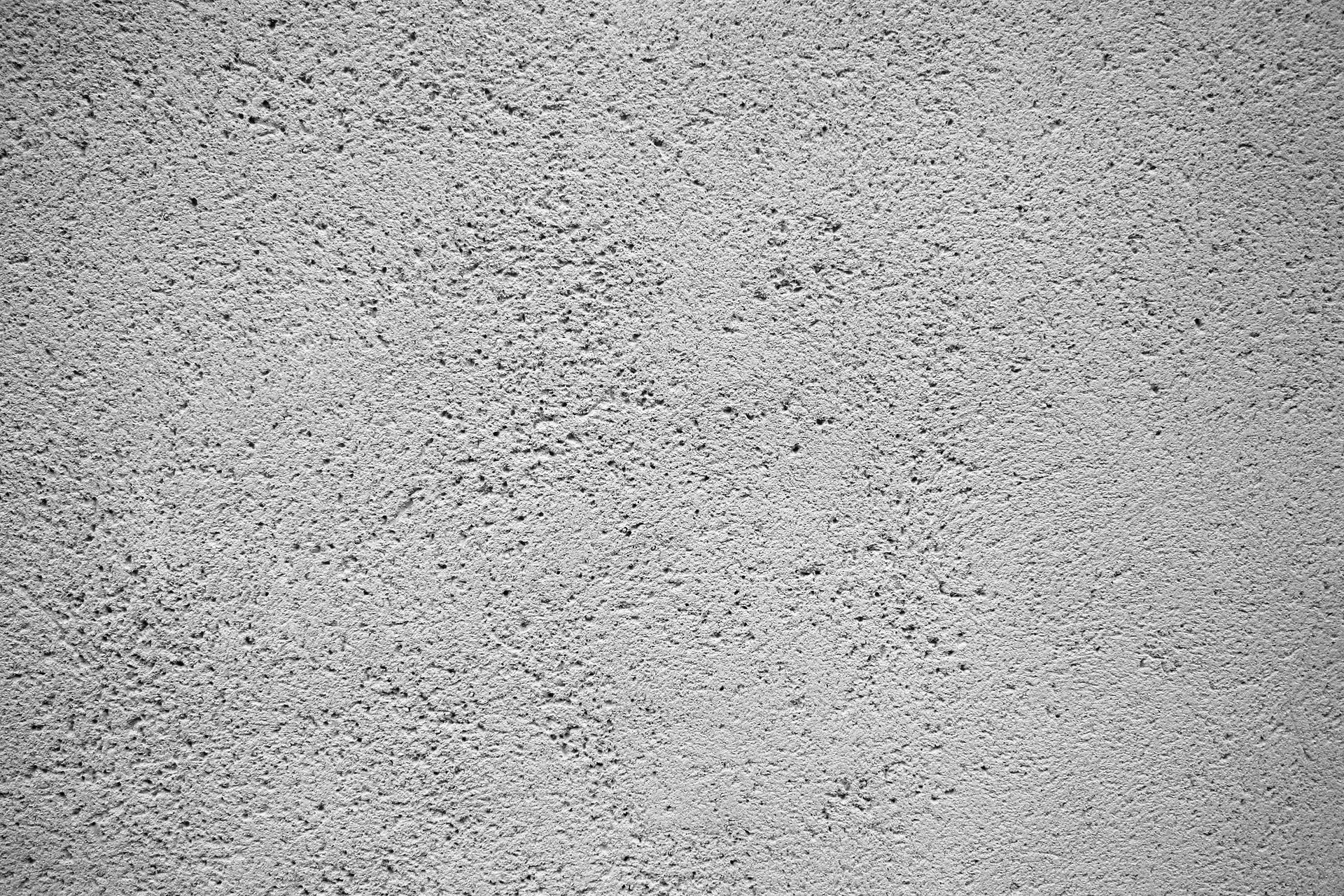

CONDENSATION & MOLD
Condensation is a growing concern for the home owners, tenants and landlords across the UK. The effects of condensation can be aggravated by modern construction methods and changes to lifestyles. Long term and persistent condensation may result in unsightly black mould and can lead to unhealthy living conditions. The key to solving the problem is to provide adequate ventilation coupled with a constant background ambient temperature.
Significant contributory factors to condensation in properties in recent years have been changes to building design, rising fuel costs and use of double glazing. Properties have become more air tight with less natural ventilation as a means of conserving energy and reducing fuel bills. The result is, however, that warm moisture laden air is trapped inside. When it comes into contact with cold surfaces, such as external walls, windows, lintels it is cooled to below its dew point at which point it releases surplus water as condensation. If a considerable amounts of water vapour is produced this can lead to the appearance of mould on the walls, ceilings and around the widows and a musty odour.
TREATMENT
RhinoRemedial can advise on how to reduce moisture levels in your property by various methods including extra ventilation and advice on heating and insulation. The most effective modern method for resolving the problem of condensation completely is the installation of a positive input unit in the loft space or an external wall. A unit will operate at an almost imperceptible noise level. It will ensure that stale, vapour laden air in your home is continuously diluted and replaced with good quality, dry, filtered air. The result is improved indoor air and an environment in which condensation dampness cannot exist. This method is tried and tested and is the system of choice for local authorities tackling the issues of condensation in social housing stock.
POSITIVE PRESSURE SYSTEM
The ultimate in condensation treatment, our positive pressure ventilation system is designed to provide a reliable solution to condensation, black mould and air quality issues within the whole property; ensuring that damp, stale air does not have an opportunity to fester within a home.
Lack of adequate ventilation and modern occupancy styles can lead to a build up of excessive humidity and moisture. This poor indoor air quality can lead to serious health issues for asthma and allergy sufferers and those with breathing difficulties.
HOW IT WORKS
The positive pressure ventilation system draws in fresh air that is filtered and dried at an ambient temperature. This dry air is then gently introduced into the property continuously creating positive pressure by diluting and displacing the stale, moist air that would cause condensation and black mould issues within the property. Multiple vents are installed throughout the property to provide a slow and constant exchange of air.
TYPES OF POSITIVE PRESSURE UNITS
Two versions of our positive pressure systems are available. Depending on the type of property really determines the best systems for you. They are mounted either in the loft or for flats and apartments in the central hallway.
LOFT INSTALLATION - POSITIVE PRESSURE VENTILATION
A loft unit is fitted in the roof void and ducted via an air diffuser, normally mounted in the ceiling above a stairwell. the unit is controlled via remote where the speed of the fan and output of the unit can be controlled.
HALLWAY INSTALLATION - POSITIVE PRESSURE VENTILATION
The flat unit is fitted on a convenient wall, as close to the intake point as possible. Ideally, the unit should be fitted inside a hall cupboard, where access to an external wall and ambient air is possible. Supply ducting is then run to an outlet air grille, normally situated in the hall, in order that the introduced air is delivered to a central point within the property
THE BENEFITS OF A POSITIVE PRESSURE SYSTEM
-
DC motor for quiet operation
-
5 year guarantee
-
Lower energy costs - keeping with Government directive regarding energy efficient appliances
-
Alleviates condensation
-
Alleviates black mould
-
Reduces radon
-
Low maintenance
-
Special large capacity filter to ensure maximum ventilation
-
Energy efficient - consumes as low as 6 watts
-
Robust construction




